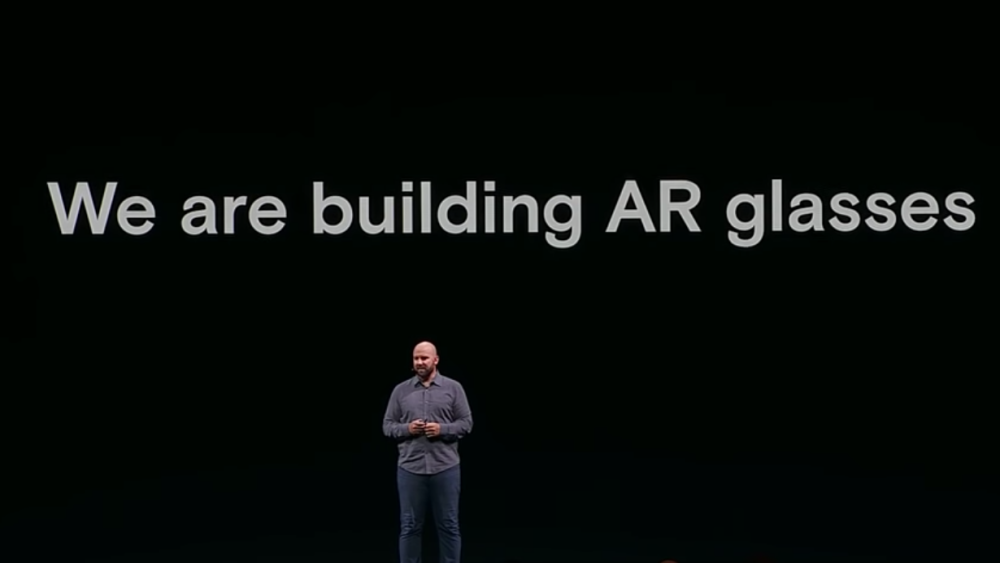When you look at the last year for virtual reality, it is clear how much the industry changed. It changed for the better as the hardware, software, and gaming all drastically improved in their own ways. Whether it be the Valve Index changing what we considered to be a ‘consumer headset’, to what Oculus did for the gaming industry with the Quest. This last year not only made changes to what the developer’s plans are for this year, but for the next few years as well.
There are a few things that we are expecting from the industries biggest players within the next 364 days. Below, we will be breaking them down, explaining their significance, and predicting the company that is going to bring it to the common consumer’s hands.
Integrated Hand Tracking
Oculus is trying to include hand tracking with their Quest experience right now, but it is very minimal and not what everyone was hoping for out of the gate. In their defense, this beta is coming to us a few weeks before it was expected. With that being said, the product they have right now isn’t going to cut it. Consumers want more than menu manipulation with their hands.
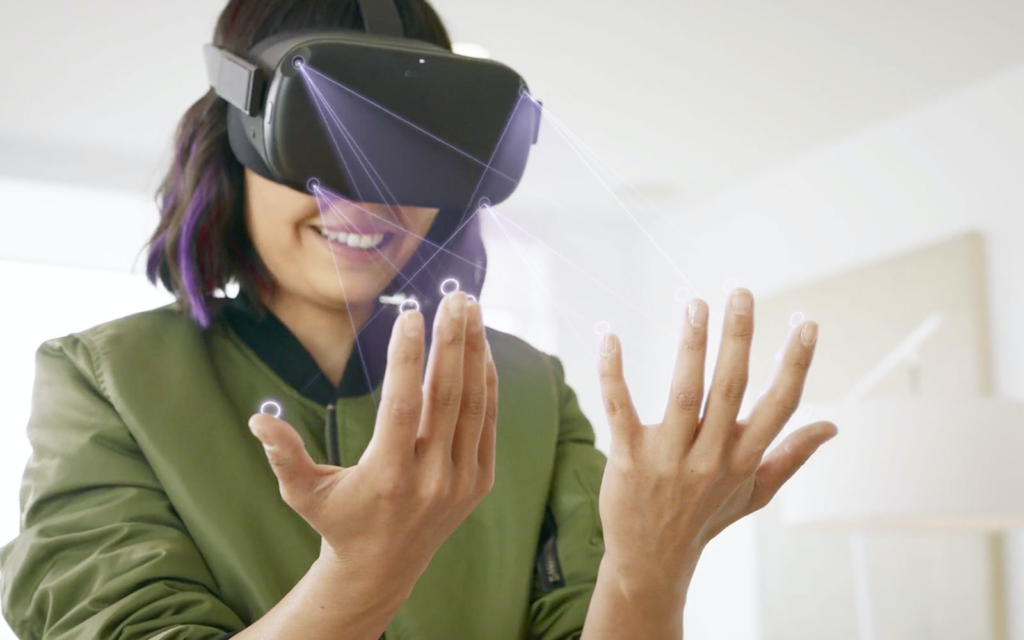
Hand tracking is going to be as good as the developers let it be. By the end of the year, we are expecting hand tracking to be inside of every game that is on a headset with the new tracking capabilities. When it comes to the Oculus Quest, we expect every major game to get the hand tracking inside. We know this doesn’t work with every game on the market (we are looking at you, Beat Saber) but we do expect the mass majority to adopt the newest tech.
We don’t think there is any company to put this in all of their software right now, but the only company that is angling toward this opportunity is Oculus. They have the beta on the Quest right now, so expanding the software’s capabilities shouldn’t be too far-fetched. Expect Oculus to have a monopoly on consumers’ hands this upcoming year.
Improved Locomotion
We have had enough. The VR gamers have had enough. Our stomachs have had enough. We need improved locomotion inside of virtual reality this year, and we think we are going to get just that. Half-Life: Alyx is going to be the biggest release of the year in all likelihood, and that isn’t going to be an accident. Not only does Valve have the industries attention with the story and the game, but they have shown early on that they are going to do everything in their power to make this a good game, not just a popular one.
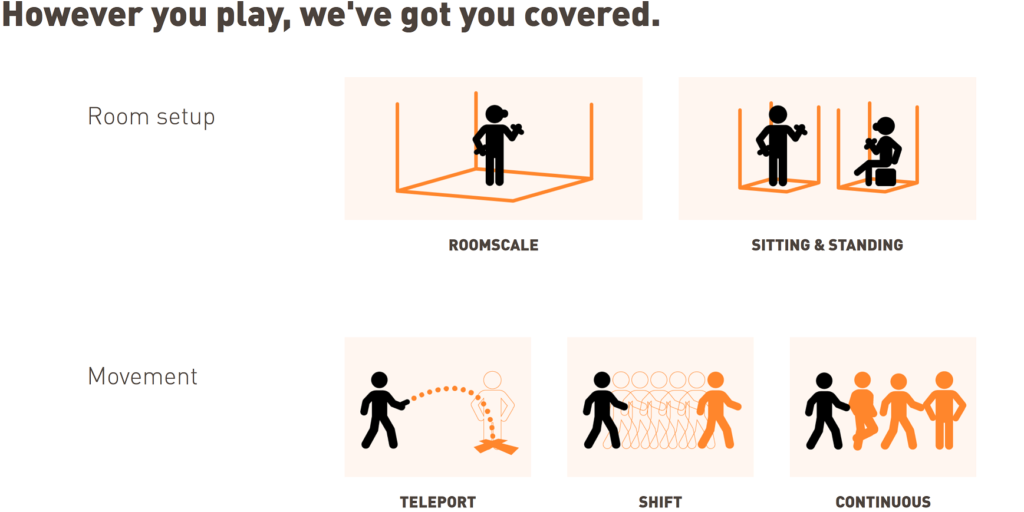
We have seen hyped games fall victim to the idea that because they have a lot of hype around their game it means that the fans will love it no matter what. Sadly that is not the case for any game. If Epic’s Fortnite 2 was bad, they wouldn’t hear the end of it from the fans. No studio is safe, no developer is safe. We need better movements in 2020 and we are likely to get it. Valve is going to have three (!) different ways to move in Half-Life, and all three seem like they are going to be fantastic. If one of them isn’t, they have some great security to work with.
You can expect bigger games and bigger studios to take this approach. We hope and expect that multiple locomotion engines will be available to the consumers in 2020. VR treadmills are another decade away from mass adoption, so you can expect the headsets to continue to do the heavy lifting.
Eye Tracking/Foveated Rendering
Varjo has already incorporated both of these features in their latest headsets, but none of their hardware models are consumer-focused. If we are going to get this inside of consumer headsets, we think Vive is going to be the ones to introduce it. They already have eye-tracking inside of their high-end models, but we have yet to see anything for the consumers.
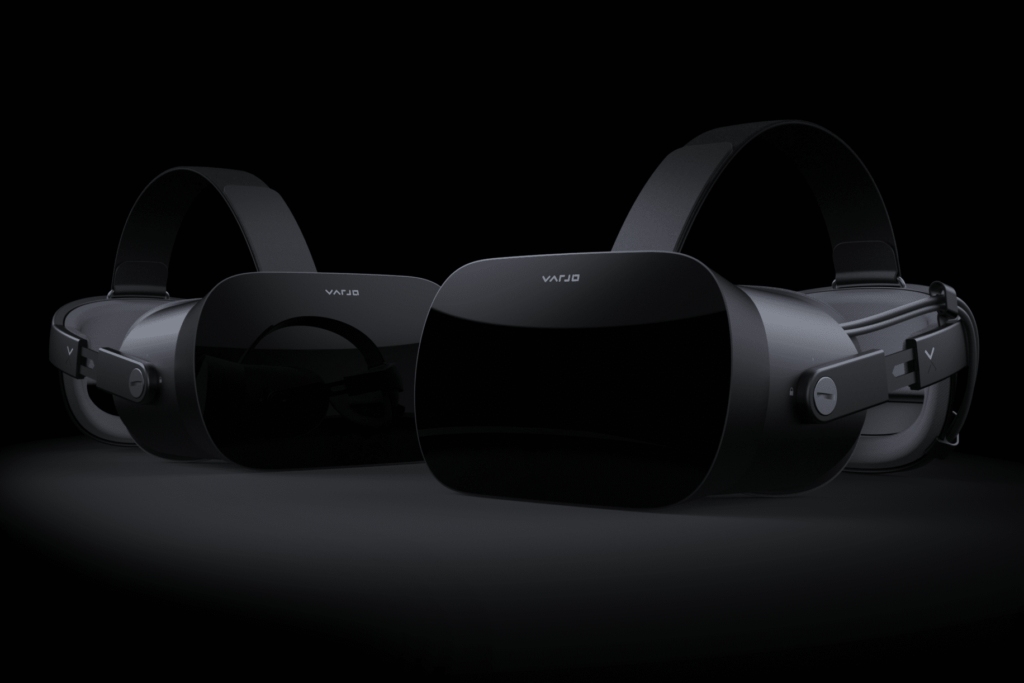
We know Oculus is working on this, but they would need a facelift to their hardware if they want to get in this realm of virtual reality. Foveated rendering (when the focus of the image/video is where you are looking) is likely going to require some real movement in the lens, and none of their products are capable right now. We might see some demos at CES, but right now Oculus is far behind the pack.
With Valve coming off their successful release of the Valve Index, another headset is unlikely in 2020. If there is another on the horizon, eye tracking and foveated rendering would be the next natural step for the company. They nearly perfect the common VR headset already, so going above and beyond should be light work for Valve and Steam. If eye tracking on a consumer headset is coming from any company, Valve would be the most likely. How? We aren’t sure, but they’ll find a way.
AR/VR Crossover
Augmented reality and virtual reality are tied together, but not in the same way many people are led to believe. Passthrough capabilities are going to launch this idea forward, but the adoption of low-level AR headsets are also going to play a part of a company wanting to create something of this idea.
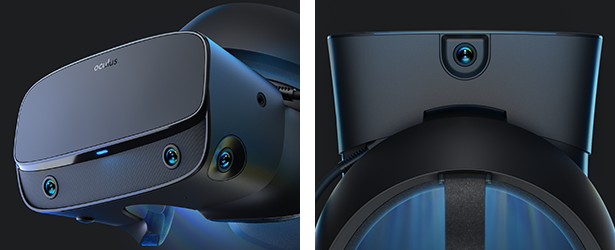
The Rift S has fantastic cameras on the outside of the shell, and they are specifically used for passthrough capabilities. If this were to change though, it would change the way VR headsets are used. Although the Rift S and the Quest would be oversized AR headsets, they’d get the job done. Shared AR experiences would be more than possible, and the AR game library would grow tremendously. If there were any chances of this being possible, already-made hardware would be the home of this.
Because Oculus is the only company on the market right now with quality cameras on the outside of their headsets, we would think they’d be the first to get some AR going with their VR. This would also help customers become more comfortable with the idea of AR glasses, something Oculus has publicly announced they are in the process of developing.






















